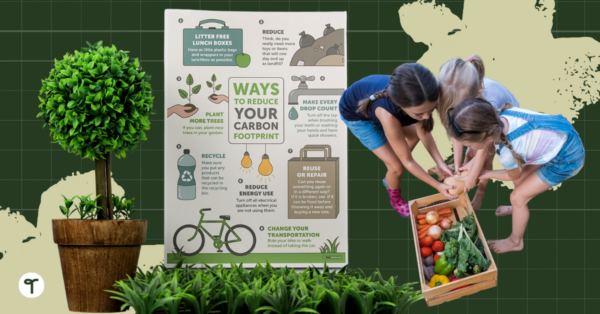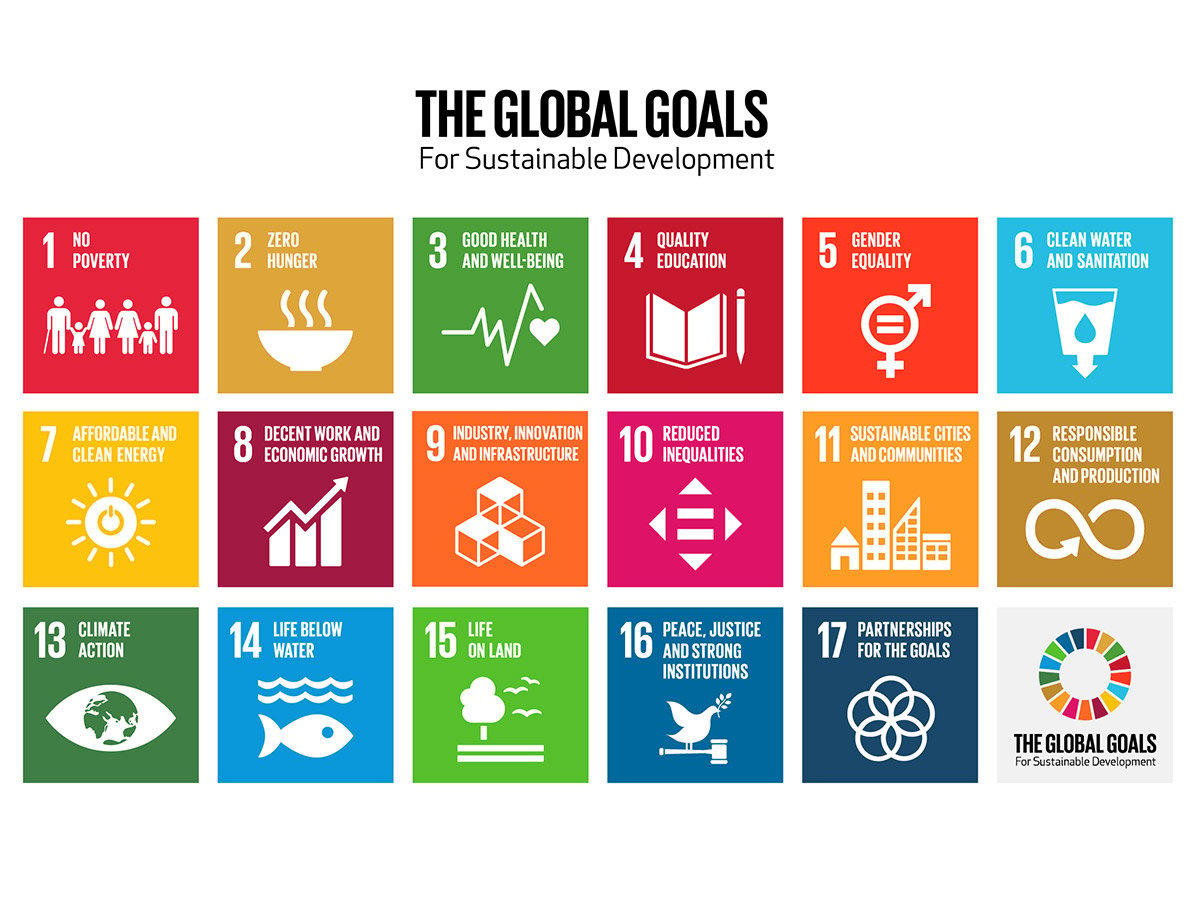Looking to incorporate climate change education into your lesson plans? You don’t need us to tell you that teaching about climate change can be complicated. Bills in a number of states could put climate education in jeopardy, and some states have outright banned using the phrase in the classroom. But we do have some good news: Did you know 80 percent of parents actually want teachers to teach their kids about climate change?
That’s right. In an NPR survey, four out of five parents said they support teaching about climate change in public schools. And teachers? Well, some 86 percent in the profession are on board. Not sure where to start and what to say? The Teach Starter teacher team has some ideas and resources to help you get started!
Why Is Education Important for Climate Change?

Aside from the support from parents and how teachers themselves feel, let’s face it: The children in our classrooms are going to face the effects of human activity on the planet long after we’re gone. What’s more, they need to be educated about the impacts on the environment in order to be good global citizens and affect change. And while pre-pandemic social movements like the March for Climate Change were encouraging, many Australian kids don’t know all that much about climate change.
“Scientists actually picked climate education as one of six societal transformations needed to stabilise the earth’s atmosphere by 2050, in line with the Paris agreement,” Rachel Weisbrot, education and communication manager of EarthDay.org.
“We’re already seeing so many of the changes from climate change, and already the most vulnerable communities are being impacted and having to move from their homes, and we’re seeing these horrible events from climate change taking place that I really want to stress that no one is immune,” Weisbrot added. “It’s going to affect us all and it already is, which is where education comes in.”
The goal of climate education isn’t just to prepare students for the changes ahead, she explained, but to “instill hope that something can be done about it.”
And it’s more than just teaching the science itself — climate change education is also about teaching children how to assess sources in the media to weed out misinformation and disinformation and how to adapt to economic changes too.
“It’s these 21st-century skills that allow students to enter new jobs and to evaluate media,” Weisbrot said.
So where do teachers come into all of this?
Climate Change Professional Development for Teachers
If you’re not tackling climate change in the classroom or only dipping your toe into the waters because you don’t feel equipped to cover the topic, you’re far from alone. The NPR survey that found 86 percent of teachers support climate change education also found that 65 percent don’t teach it because they feel it falls outside their subject area, 20 percent felt their students were too young and 17 percent felt they didn’t know enough or didn’t have the necessary resources.
- NASA has a compilation of Climate Change Professional Development opportunities specifically for teachers — many of which are low or no cost.
- You’ll also find 20 hours of free Climate Change teacher education modules on the UN Climate Change: Teacher Portal. All you need to do is create an account and login. If time’s an issue, our two picks for modules to start with are Children and Climate Change and Climate Change: From Learning to Action.
- You may also want to turn to the literature. Ken Winograd, an associate professor in the College of Education at Oregon State University published Education in Times of Environmental Crises: Teaching Children to Be Agents of Change in 2016 to give teachers a starting point.
How Do You Teach Primary Students About Climate Change?
Feel you’ve got this? You’re ready to teach climate change? How do you teach it to elementary students? You’re not alone out there. There are plenty of resources that can help make climate change something even the youngest kids can begin to understand.
NASA
The experts at NASA don’t just provide resources for teachers to learn about climate change. They also have digestible climate change information for students K-8. NASA’s Climate Kids site is another great resource and website that kids can explore during free time or as a resource for classroom projects.
EarthDay.org
Weisbrot’s organisation lets you sign up as an Earth Day school to get information on how to host cleanups and participate in citizen science. Plus there are countless resources to use in the classroom!
NSW Government
The NSW Government website has a stack of educational resources to help kids understand the basics and impact of climate change, as well as teach how our future generation can be climate-conscious.
Global Goals for Sustainable Development
In September 2015, 193 world leaders agreed to 17 Global Goals for Sustainable Development. If we could complete these Goals, it would mean an end to extreme poverty, inequality, and climate change by 2030. Want to share them with your class? You can use these free downloadable posters and videos to support your teaching.
NOAA
The National Oceanic and Atmospheric Administration tracks weather and has been on the forefront as weather patterns have shifted due to climate change. The federal agency has a host of climate change teaching resources. Most are directed at teachers of older students, but there are quite a few specific to middle school.
Teach Starter
Hey, that’s us! The teachers on the Teach Starter team are dedicated to helping teachers create a better future. That’s why many of our resources are available as Google Slides to reduce the need to print. Browse these Learning Areas for new ways of teaching your students how to recycle, understanding their ecological footprint and much more!
Renewable and Nonrenewable Teaching Resources
Earth and Space Science Teaching Resources
Conservation Teaching Resources
Videos About Climate Change Education
Looking for other ways to introduce or teach climate change to your students? Consider some of these video options:
Bill Nye Explains Climate Change with Emoji
Bill also has a Climate 101 video that breaks it down even more.









Comments